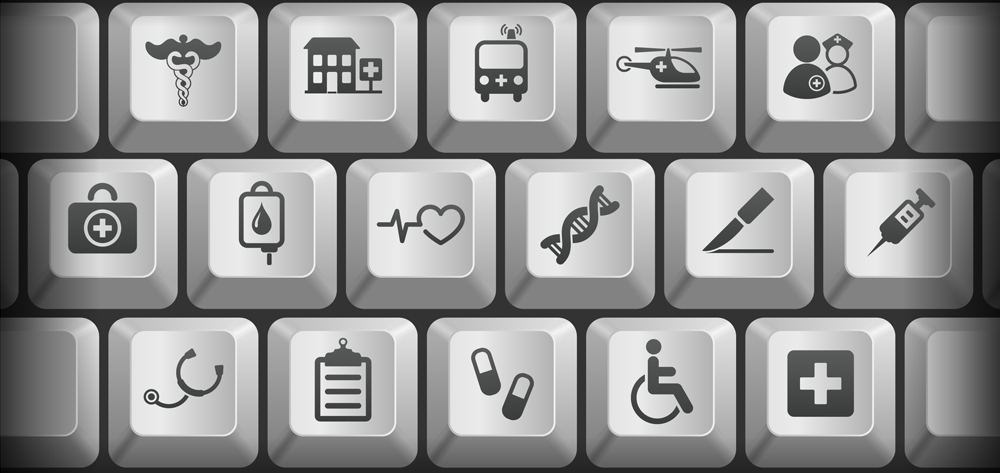Introduction of the stethoscope in the 1800s met great resistance among clinicians, who considered it invasive and contrary to current clinical practice. In 1834, The Times of London quoted a British physician’s opinion of the stethoscope: “That it will ever come into general use, notwithstanding its value, is extremely doubtful because its beneficial application requires much time and gives a good bit of trouble, both to the patient and to the practitioner because its hue and character are foreign and opposed to all our habits and associations.”
Today, few clinicians could imagine providing clinical care without the aid of a stethoscope. The tool has become so integrated with their practice that most clinicians consider it part of their standard uniform, wearing it proudly as a symbol of their knowledge and professional standing. But it’s not the tool itself that has transformed clinical practice. Rather, it’s the effective use of the stethoscope in the ears of an experienced clinician that can distinguish good sounds from bad and dramatically affect patient outcomes.
Similarly, in the 21st century, health information technology (HIT) has met resistance among some clinicians. Nonetheless, it’s fundamentally changing the skills and behaviors required in the workplace. No¬where is this change more profound than among the 3.1 – 3.6 million nurses, who make up the largest segment of the U.S. healthcare workforce.
Nursing informatics professionals at the leading edge
Since the earliest days of technology adoption in health care, nursing informatics professionals have been at the forefront of leading change. Early pioneers included nurses who effectively combined the science of nursing with computer and information science to support the clinical workflow, adding value to the organization as they began their journey to join the digital revolution. In 1992, the American Nurses Association formally recognized nursing informatics as a specialty. Since then, the field has grown and the demand for nursing informatics professionals has been increasing at unprecedented rates. Authors of the 2011 Nursing Informatics Workforce Survey from the Healthcare Information and Management Systems Society (HIMSS) noted that the average salary for nursing informatics professionals was almost 17% higher than it was in 2007 and 42% higher than in 2004.
Today, one of the key roles of nursing informatics professionals—and a role in which they add significant value—relates to clinical transformation. According to the HIMSS 2011 Clinical Transformation Survey, “Clinical transformation involves assessing and continually improving the way patient care is delivered at all levels in a care-delivery organization. It occurs when an organization rejects existing practice patterns that deliver inefficient or less effective results and embraces a common goal of patient safety, clinical outcomes, and quality care through process redesign and IT implementation. By effectively blending people, processes, and technology, clinical transformation occurs across facilities, departments, and clinical fields of expertise.”
Experience shows that simply overlaying technology atop existing processes doesn’t work. Yet many organizations, in their haste to become more connected or achieve government incentives related to electronic health information, are implementing technology without considering the need to transform clinical practice or the workflow. And in many cases, this is happening without qualified, experienced, and credentialed nursing informatics
resources. In organizations lacking a strong workflow and process advocate, the technology may take on a life of its own and begin to lead and inhibit clinical transformation rather than support and enable it. Ultimately, this results in significant resistance, workarounds, and unintended consequences.
Nursing informatics professionals also are helping to accelerate the changing skills and behaviors required for the 21st-century nursing workforce. Recognizing the need to adapt to an increasingly rich and technology-enabled environment, a group of nursing informatics leaders formed the Technology, Informatics, Guiding Education Reform (TIGER) Initiative in 2006. The goal of TIGER is to better define workforce competencies and effectively interweave evidence and technology into practice, education, and research. In addition to basic computer literacy, TIGER competencies include information literacy and clinical information management competencies for all practice levels. TIGER serves as a valued resource and continues to advance the integration of health informatics to transform practice, education, and consumer engagement.
Without doubt, technology-enabled tools affect every aspect of the nursing process in every care-delivery environment. From clinical documentation systems used to collect and store assessment data to closed-loop medication systems and wireless devices that promote adherence to the six “rights” of medication administration, these changes are occurring in all practice settings (including the patient’s home). Nursing informatics professionals stand ready not only to support but also to lead the transformation to a technology-enabled healthcare environment. With the right leadership an
Mark D. Sugrue is Director, Health Industries Advisory of Pricewaterhouse Coopers LLP in Boston, Massachusetts, and chair of the HIMSS Nursing Informatics Committee in Chicago, Illinois.


















